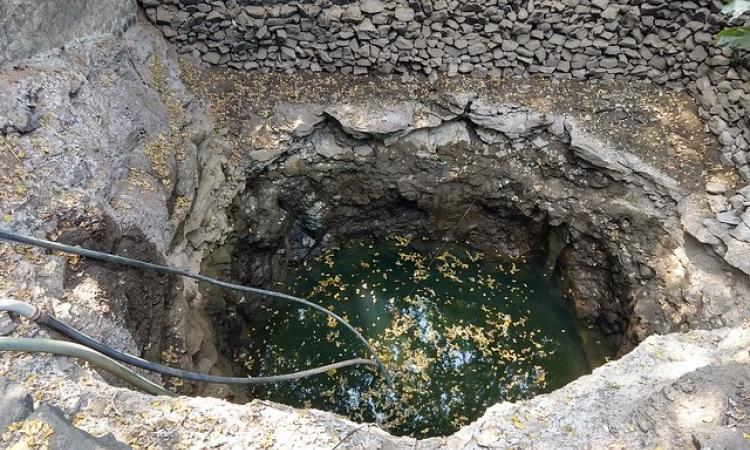
Government cuts budget for Jal Shakti Ministry by 9.4 percent; increases funds for rural drinking water mission
In the 2019 Budget, the Centre reduced the allocation for the water ministry from Rs 8,860 crore in 2018-19 to Rs 8,245 crore for the Department of Water Resources, River Development and Ganga Rejuvenation and from Rs 22,356.60 crore to Rs 20,016.34 crore for the Department of Drinking Water and Sanitation. The Namami Gange programme, Central Water Commission, the Central Groundwater Board and the dam rehabilitation and improvement programme saw reduced budgetary allocations as well. However, budgetary allocation to the National Rural Drinking Water Mission were increased. The Centre also emphasised its wish to complete 10 lakh projects linked to water conservation through the rural employment scheme in the first 100 days of government. (News18)
Centre raises efforts to battle the severe water crisis
To battle the looming water crisis in the country, as many as 446 director and deputy secretary level officers have been dispatched to the 256 water-stressed districts under the Jal Shakti Abhiyan. These officials will serve as block nodal officers, assisted by more than 400 technical officers at 1,592 blocks. Along with this, making safe drinking water available to all parts of the country a priority, the finance ministry has announced the Jal Jeevan Mission to provide potable water to every rural household by 2024. The programme will be monitored online with the help of an app developed for geo-tagging. (LiveMint)
CPCB suggests penalty against illegal extraction of groundwater
In a report submitted to the National Green Tribunal on July 1st, the Central Pollution Control Board (CPCB) has recommended imposing penalties ranging from Rs 10,000 to Rs 100,000 for illegal extraction of groundwater. The penalty provisions are for three categories — individuals, commercial use and water intensive industries.
For individuals and domestic use, the CPCB fixed a minimum fine of Rs 10,000 while a minimum penalty of Rs 50,000 has been recommended for institutions, commercial complexes and townships. The third category, packaged drinking water units, mining and infrastructure companies and industrial units, comes under the highest penalty bracket of one lakh rupees. Along with this, the board has also recommended that no new water intensive industries be allowed in overexploited blocks. (Hindustan Times)
NITI Aayog plans to desalinate sea water to combat water crisis
Taking note of water shortages in major urban areas of the country, NITI Aayog plans to set up floating desalination plants in India’s marine waters or build plants along the coast. India’s maritime exclusive economic zone (EEZ) is estimated to be 1.63 million square kilometres. To make the plant energy-efficient, solar or ocean energy will be harnessed for operation. NITI Aayog is to chalk out a detailed plan about various technologies that can be used in different states to set up the plant along with a cost analysis and project viability report, for submission to the Jal Shakti Ministry. (Money Control)
BMC proposes Gargai dam project that will have negative implications on Tansa Sanctuary
The Brihanmumbai Municipal Corporation (BMC) has proposed the Gargai dam project that envisages construction of three new dams - Gargai, Pinjal and Damanganga - to tackle the water woes of Mumbai. The project will lead to diversion of 719.39 hectares of forest land from the Tansa Wildlife Sanctuary along with displacement of 280 tribal families staying in seven villages in the proposed project area. While justifying its choice of location and ignoring the long-term adverse impacts of submergence of the sanctuary, the BMC claimed that the dam will have a long-term positive impact due to the surrounding flora and fauna that will develop near the reservoir. (Mid Day)
This is a roundup of important policy matters from July 3 - 9, 2019. Also, read news this week.